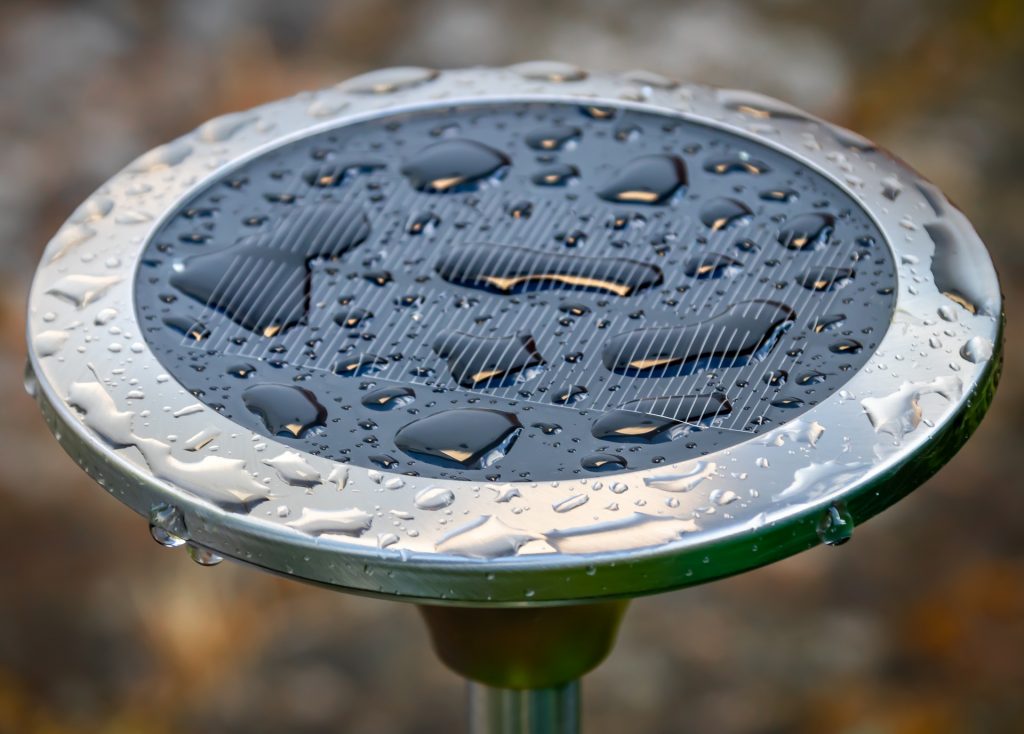Table of Contents
ToggleSolar panels can be a perfect alternative if you consider switching from fossil fuels to renewable sources.
Solar panels use photovoltaic (PV) cells to convert sunlight into electrical form for household and commercial uses. Nevertheless if you live where the clouds cover the sky for long periods, you may ask whether solar panels work on cloudy days. Or how well do solar panels work on cloudy days.
Such queries are natural if you don’t live in the proper solar belt. However, one can also face a dilemma if they don’t know about the effectiveness of solar panels on cloudy days and how solar panels work under a cloud cover.
This article will walk you through everything you need to know about the functioning of solar panels in the shade in an easy and informative way.
Do solar panels work on cloudy or rainy days?
There is no established verdict that solar panels do not work on cloudy or rainy days. Solar panels are still productive when it rains outside, or clouds cover the sky.
The exciting thing is that rain, in fact, indirectly helps solar panels.
When the rainwater falls on the solar panels, the accumulated dust and grime over the panels automatically get washed away. This phenomenon increases the panel’s effectiveness, allowing better sunlight absorption.


How do solar panels work on cloudy days?
On cloudy days the solar panels function the same way as they do on a regular one.
The panel’s PV cells can absorb direct and indirect sunlight (infra-red radiations) reflected from clouds to generate electricity. Hence, solar panels can still generate energy during the day time even when its cloudy or the intensity of sunlight is a little less.
When cloud density is high, the number of photons absorbed by the panel reduces a bit. However, the modules are still very well functional on a cloudy day.
How well do solar panels work on cloudy days?
The exact output of solar panels on cloudy days depends on several factors. This includes the angle at which the panels are set up. In addition, the PV cells’ quality and the cloud density also need to be considered.
All the factors combined, there can be a little difference in the output of a panel if one of the factors goes against the solar set-up.
For a standard 250 W monocrystalline model, one can lose 66.75% power on over a cloudy day, and on a slightly overcast day, one can notice a drop of 23.80%.
The edge of cloud effect
The edge of the cloud effect, also known as the cloud enhancement effect, can increase the productivity of a solar panel and help in energy production.
The output of a panel depends on an irradiance factor, which is the measurement of energy produced by photons in sunlight each second.
When a cloud passes over an array of panels, it reflects the sunlight which falls on it to the array of panels. This phenomenon increases the irradiance of solar panels, boosting the generated amount of electricity.
Which solar panels work best on cloudy days?
Monocrystalline solar panels which use homogenous, high quality silicon, are far better performers in cloudy conditions when compared to multi-crystalline solar panels.
Additionally, newer models like Passivated Emitter Rear Contact (PERC) and Bifacial solar panels have higher efficiency ratings on cloudy days.
The quality of raw materials used in manufacturing a solar panel also needs to be considered. Solar panels made with low-quality materials function poorly on cloudy days. Hence one needs to look after the budget, and different sets of solar modules and see which works best for them.
How to store solar energy to power your home when your panels are not producing?
After the energy generation process, some users may decide to store solar energy for cloudy days or for the time when the panels do not produce electricity.
Following are the two methods of storage:
Solar battery storage
Solar battery storage allows one to preserve the generated electricity when the sun isn’t shining (e.g. during a thunderstorm or cloudy day).
In general, the storage units use Lithium-ion batteries that convert the generated electricity into a chemical form that can be retrieved when required.
Other storage options are also available, which convert the electricity into thermal and mechanical forms. Although storage options are not 100% effective, they stop the excess energy produced from wasted.


Net metering
In general, an off-grid solar system is usually a separate system. However, net metering makes one economically advantageous and connected to the primary grid.
This system is beneficial in two ways. The user can draw power during times of crisis (e.g when the solar panels are not functional) and transfer the surplus energy generated from panels to the grid.
If the transferred surplus energy is more than the energy withdrawn from the grid, the owner can make revenue by selling the excess energy.
Conclusion
If the myth has tricked you that solar panels cannot produce electricity on cloudy days the article has tried to clear the concerning doubts. Indeed there is some drop in the performance in extremely cloudy or thunderstorm conditions, but phenomena like the edge of cloud effect and storage facilities can unceasingly curb the shortcomings.





